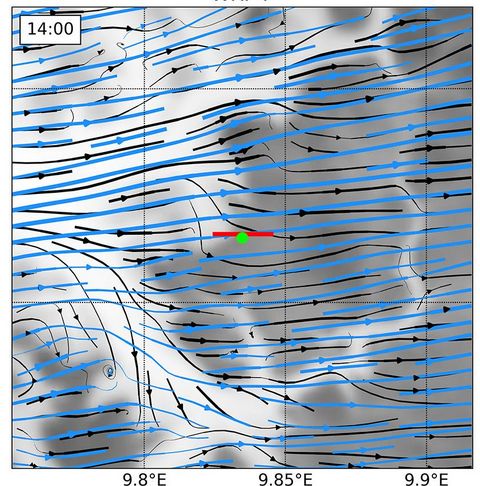Principal Investigator:
Ulrich Rüde
, Lehrstuhl für Informatik 10 (Systemsimulation), Friedrich-Alexander-Universität Erlangen-Nürnberg (Germany)
HPC Platform used:
JUWELS and JUQUEEN of JSC, Hazel Hen of HLRS
Local Project ID:
cher16 (JSC), TN17 (HLRS)
Convection in the Earth’s mantle is the driving force behind large scale geologic activity such as plate tectonics and continental drift. As such it is related to phenomena like e.g. earthquakes, mountain building, and hot-spot volcanism. Laboratory experiments naturally fail to reproduce the pressures and temperatures in the mantle, thus simulation is a key ingredient in the research of mantle convection. However, since simulating convection in the Earth’s mantle is a very resource consuming HPC application as it requires extremely large grids and many time steps in order to allow models with realistic geological parameters, researchers turn towards GCS supercomputers to tackle this challenge.







































